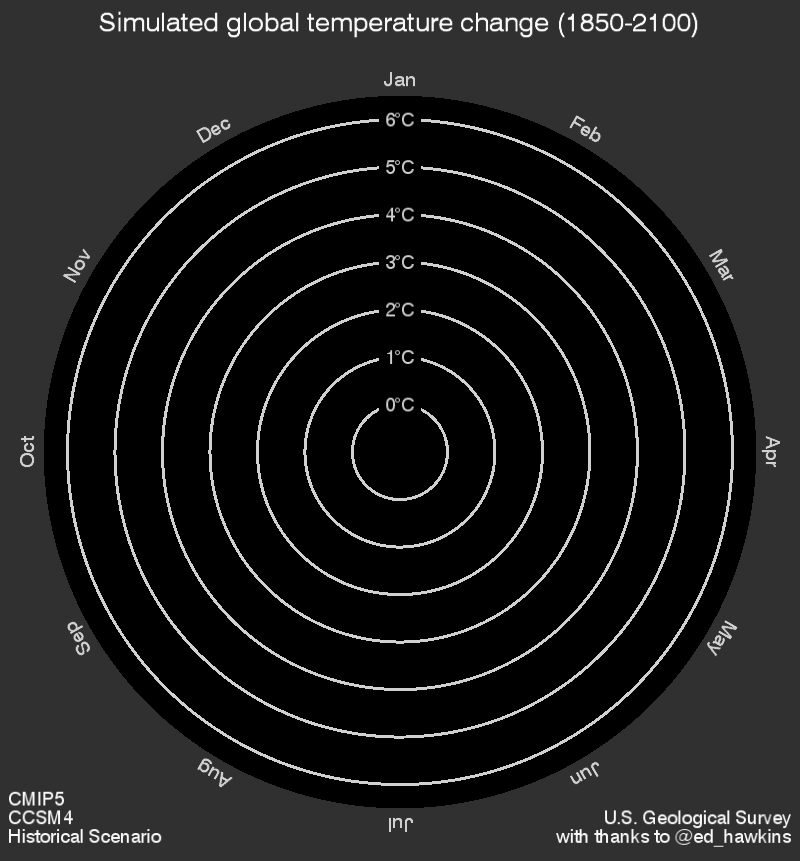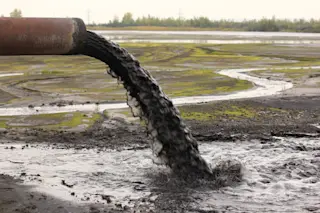The Trump administration has rolled back Obama-era climate change rules in an effort to save coal-fired electric power plants in the United States.
The action comes in the form of the “Affordable Clean Energy rule,” which Environmental Protection Administration head Andrew Wheeler signed today.
Unfortunately, research shows that “clean energy” is the opposite of what this rule will produce.
A story today in the Washington Post summarizes the new plan this way:
Unlike the Obama administration’s 2015 Clean Power Plan, the new rule does not set specific greenhouse gas emissions cuts for each state. Instead, it allows state regulators to determine how utilities can improve efficiency and will not force companies to switch from coal to lower-carbon energy sources.
The Trump Administration claims the plan is intended to cut emissions 35 percent below 2005 levels by the end of the next decade. But research published last April in the journal ...














